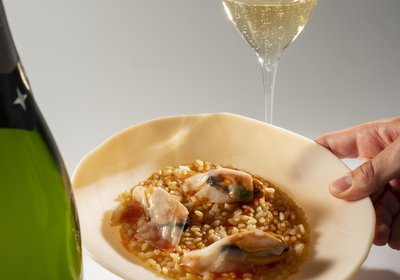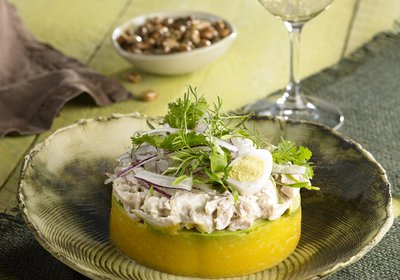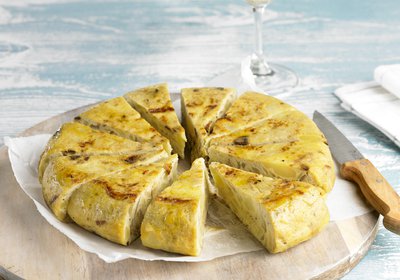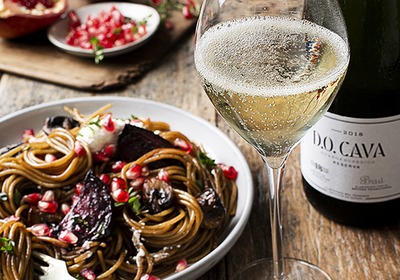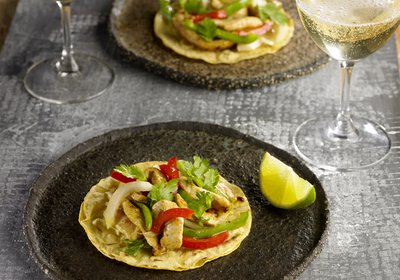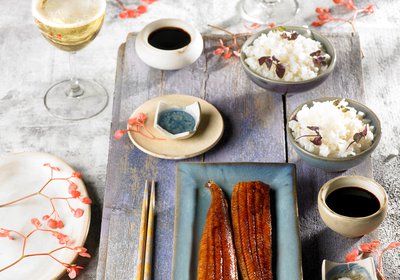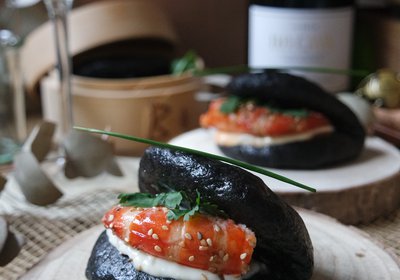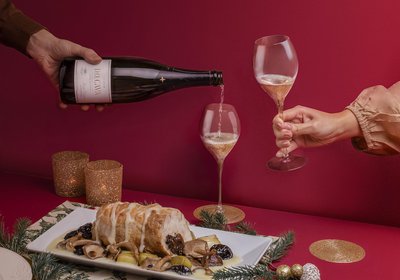Crab Cake
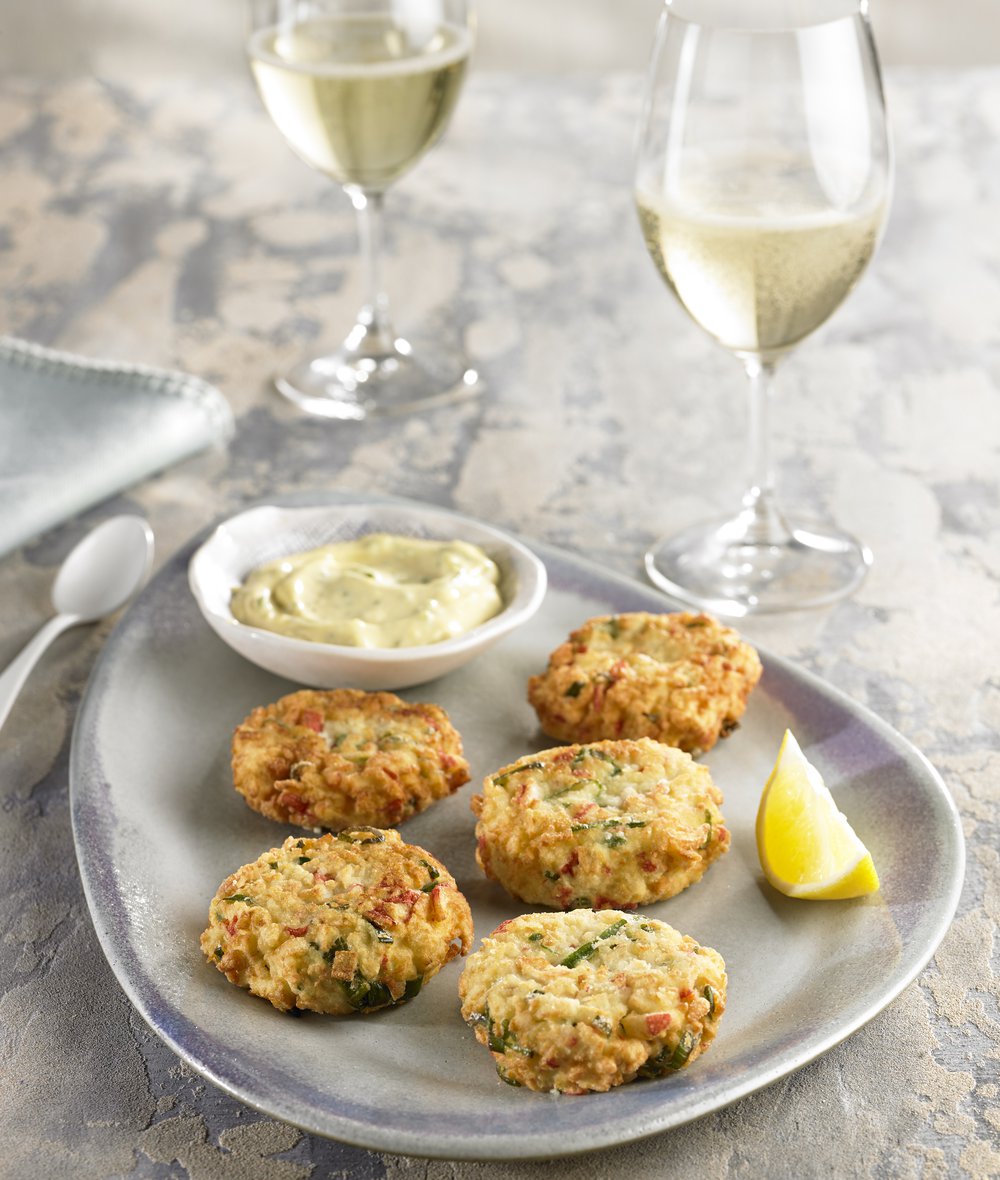
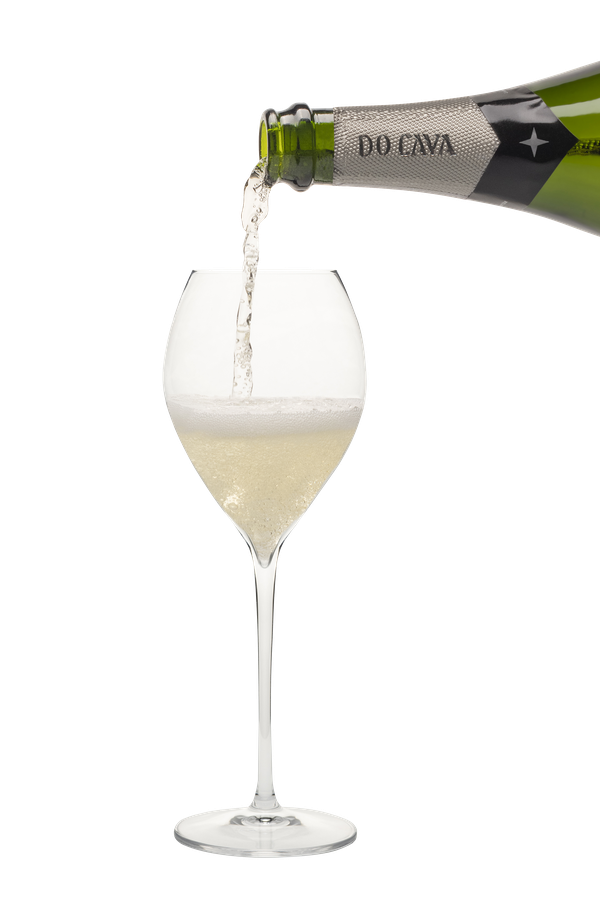
Crab cakes, which have a shape a bit like a hamburger, are an individual fish dish that's very popular in the United States. It’s a dish that’s closely associated with the area around Chesapeake Bay, particularly the states of Maryland and Virginia, but its traditional roots go way back, which means there is no real consensus on its origins.
Chesapeake crab cake is a staple of the local diet that dates back many centuries. Crab cakes were made by local indigenous women who mixed crab meat with herbs, vegetables and cornmeal, turning the mixture into small cakes that were fried in animal fat. Today we call them crab cakes, but they used to have other names like crab empanadas, or crab croquettes.
The way that they're prepared hasn't really changed much since then, there are lots of different recipes. At the Cava Regulatory Board we’d like to offer you a simple crab cake recipe that you can make at home, and we recommend pairing them with a glass of cava gran reserva (aged for more than 36 months) that will provide a perfect contrast with the way the crab cakes are cooked, and with the ingredients used.
Ingredients
Instructions
Serve your crab cakes hot, either with a salad or in a hamburger bun. But whichever you choose, you absolutely must have a bowl of seafood sauce or mayonnaise for dipping. The result will surprise you and for maximum enjoyment make sure you have a glass of cava gran reserva (aged for more than 15 months) to go with them.
Tips
If you don't want to fry them in the classic way, try grilling or baking until they're golden. You could also fry them in a pan with less oil, cooking them for three minutes on each side.
